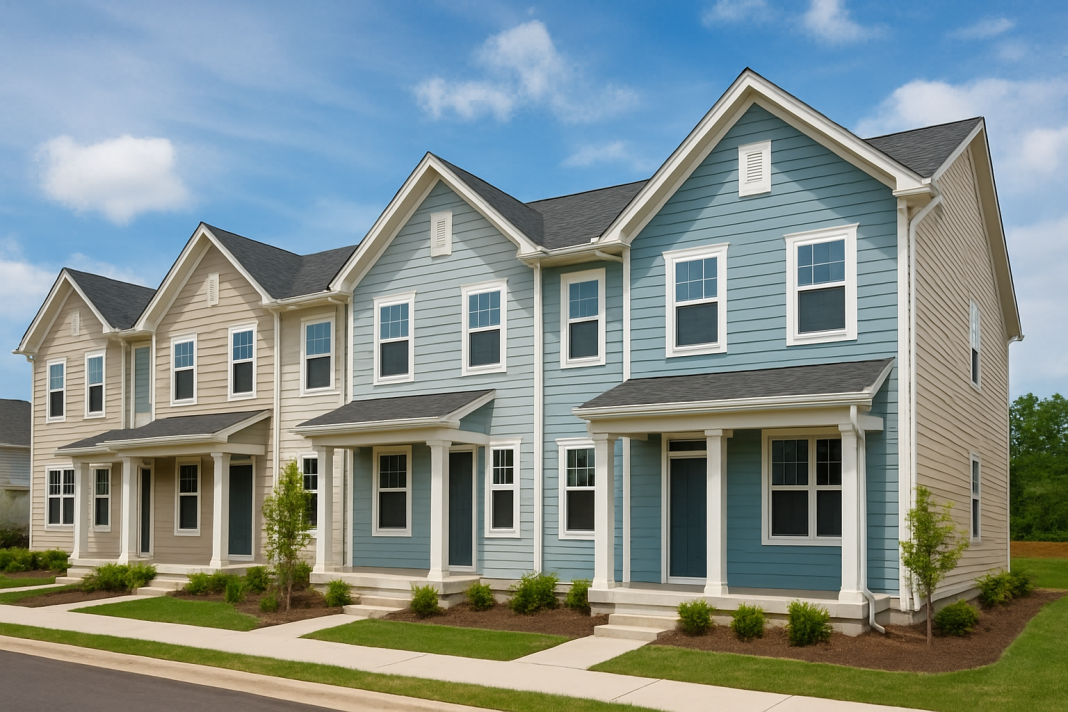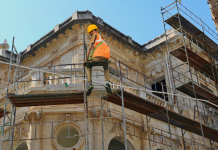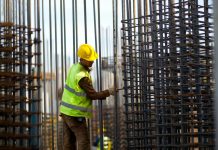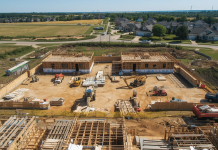The housing market delivered stunning August numbers. New-home sales hit 800,000 units annually, up 20.5% from July.
But something’s wrong with this picture.
While headlines celebrate the fastest pace since early 2022, I’m seeing desperation behind the numbers. Sales jumped because builders are sacrificing margins.
The Price Cut Reality
Here’s what the headlines missed. Thirty-nine percent of builders reported cutting prices in September. That’s the highest share since the pandemic.
This wasn’t a market-driven recovery. This was margin sacrifice.
The timing matters. These aggressive discounts preceded recent mortgage rate declines, meaning builders weren’t reacting to improved financing conditions. They were creating their own demand through price cuts.
Regional Disparities Tell the Real Story
The geographic breakdown shows the stress. Northeast sales jumped 72.2% month-over-month, while the West managed only 5.6% growth.
But here’s the contradiction that matters. Year-over-year, the Northeast showed 40.9% strength while the West declined 5.7%. This isn’t uniform recovery. This is regional survival tactics.
The South’s 24.7% monthly surge hides inventory pressure. Builders there aren’t just cutting prices. They’re racing to clear supply before carrying costs compound their problems.
What This Means for Construction Professionals
The months-of-supply metric dropped from roughly 9 to 7.4 between July and August. That sounds positive until you realize it’s driven by desperate selling, not healthy demand absorption.
Smart builders are reading these signals . They’re decelerating new construction starts while aggressive pricing clears existing inventory. The strategy makes sense when you consider the alternative: extended carrying costs on unsold units.
For architects and engineers, this affects project pipelines. Expect builders to prioritize quick-turn, cost-efficient designs over complex custom work. The focus shifts from differentiation to speed and cost.
The Labor Reality Behind the Numbers
The pricing pressure connects directly to construction workforce challenges. With 723,000 new hires needed annually and average wages hitting $36.54 per hour, builders face compressed timelines and inflated costs simultaneously.
This creates a vicious cycle. Extended construction times add $2,639 per home in carrying costs, forcing builders to cut prices more aggressively to maintain cash flow. The result is exactly what we’re seeing: record sales driven by record price concessions.
Looking Forward
These August numbers represent a turning point, not a sustainable recovery pattern. Builders are choosing short-term liquidity over long-term profitability, which signals deeper market concerns.
The regional disparities suggest this strategy won’t work uniformly across markets. Northeast builders can sustain aggressive pricing longer due to higher baseline values. Western and Southern markets face different constraints that will likely force alternative approaches.
For construction professionals, the key insight is timing. This surge creates opportunity for quick projects. But it creates supply chain and labor challenges as builders compete for resources.
The housing market is moving, but it’s moving out of desperation.








